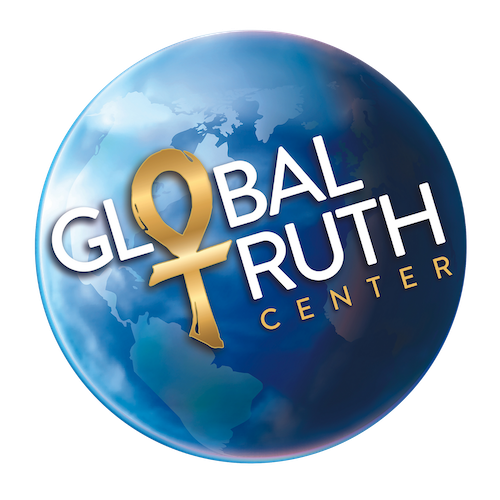What is The History of New Thought?
The history of New Thought is a bit of a misnomer because it is anything but new. In fact, it is a way of thinking whose core tenets trace back millennia from the teachings of Plato and more significantly (as demonstrated) through the life and teachings of Jesus.
That said, the New Thought movement is a philosophical and religious movement that began in the mid 19th century.
It emerged from the Transcendentalist movement, which was itself a reaction to British philosopher John Locke’s concept of rationalism — the belief that all knowledge derives from the five senses. The Transcendentalists, led by the brilliant mind of Ralph Waldo Emerson, believed that everything is connected as One (to the divine and to nature) and that there is an inherent goodness in all beings, who have access to an intuitive knowing, beyond the senses.
Religious Science, founded by Ernest Holmes, is a part of the New Thought movement and is based on the primary text The Science of Mind and Spirit. It was influenced by and is of direct lineage in the New Thought movement.
Anton Mesmer realized that the conscious mind can impress itself upon the subconscious mind of another, a technique later known as mesmerism or hypnotism. Phineas Quimby took that realization and wondered if the subconscious mind can be impressed upon and change, then can the same approach be true for physical healing?
Phineas Quimby is known as the father of New Thought, as he introduced the concept of mind over matter and its impact in the realm of physical and mental healing.
Mary Baker Eddy is said to have experienced a significant healing under the care of Quimby. She later founded the religion Christian Science and wrote her textbook Science and Health with Keys to the Scripture.
A former student of Quimby, Julius Dresser, refuted Mary Baker Eddy’s claims that her writings were divinely intuited and claimed that she plagiarized the previously published writings of Quimby. (While Christian Science sprang from the New Thought movement and philosophy, it is not considered part of the New Thought movement.)
Emma Curtis Hopkins studied under Mary Baker Eddy before breaking off and going on to teach hundreds of students, primarily in Chicago. Many of Hopkins’ students went on to found their own churches and religions. She is known as the “teacher of teachers.” Some of her significant students were Charles and Myrtle Fillmore, who founded Unity; Wallace Wattles, who wrote a number of books, including The Science of Getting Rich (he was more secular and his works have been very influential in the self-development industry); and Ernest Holmes.
Ernest Holmes taught Dr. Robert Bitzer and encouraged him to come to California to open a church; in turn, Bitzer taught Dr. David Walker, who taught Dr. James Mellon, who is the Founding Spiritual Director of Global Truth Center.
But of all of his influences, Ernest Holmes was most greatly influenced by Thomas Troward. Troward was a retired British magistrate. He wanted to use logic to affirm Universal Principles and Laws, as it pertained to the creative nature of the Universe — in particular how Mind relates to the Law of Cause & Effect. Much like Mary Baker Eddy and Phineas Quimby, the writings of Ernest Holmes have many direct similarities to those of Troward.
As Ernest Holmes matured through his career, his teachings evolved. He moved from the belief that man is One with God to the realization that Man is God, the attainment and realization of the 5th Kingdom— Cosmic Consciousness, as espoused by Troward.
Religious Science is often referred to as “applied Christianity,” the practical demonstration of mental healing demonstrated so long ago. And as the movement continues evolving, I believe the teaching is moving from the “intellectual application” to the experiential embodiment of the Body Mind Spirit connection.

